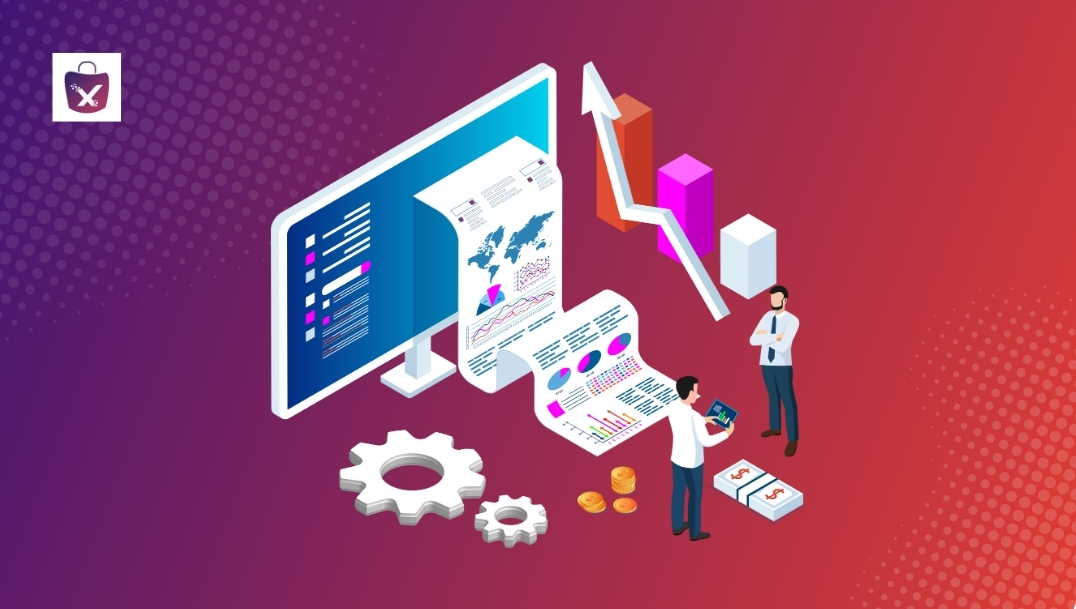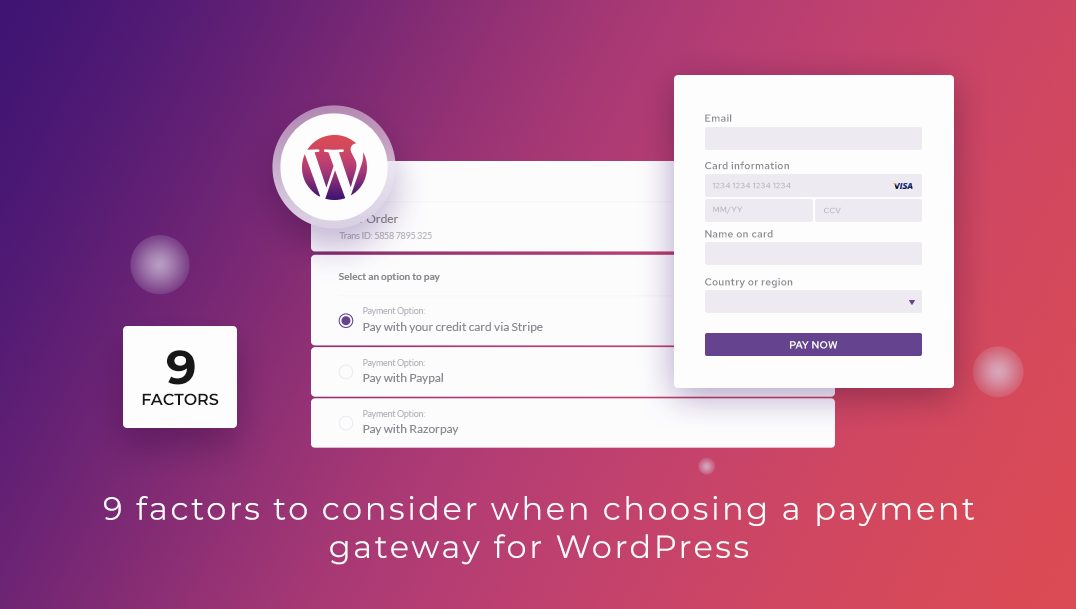Business intelligence and how we understand what we need to deliver has come a long way since the early days of ecommerce. Gone are the days when predicting customer behavior was all about taking random stabs in the dark, trying to figure out the next trend. What we had back then can only be described as a mostly inefficient ecommerce machinery at best. Fast forward half a decade and we are well into an age where data driven decisions are valued above all else. The fundamental tendency of data being more accurate than human intuition in a wide variety of situations is what makes data driven decisions the better option on the table. As far as ecommerce is concerned, big data is not just a buzzword that we need to take a passive glance at. Given how every soul across sectors have been touting it as the ultimate tool to drive growth, we should do well to take a closer look at it and what it can do for ecommerce.
Right off the top of my head, I can say this much about big data – if implemented well and wielded correctly, you as a merchants will gain a phenomenal edge when it comes to gaining insight into customer behavior. With that, you can aim to improve, streamline and upgrade just about any process, be it customer retention, operation, advertising and marketing and what have you. According to the yearly feature presented by Andrew McAfee and Erik Brynjolfsson “companies in the top third of their industry in the use of data-driven decision making were, on average, 5% more productive and 6% more profitable than their competitors”
The numbers may not look like much but if you are playing on the scale of a marketplace, big data is something which can really make a powerful difference to the way you do business.
Addressing Business Challenges
One of the primary points a merchant or a marketplace owner struggles with is making sense of the massive amounts of data being generated by customer activity. Collecting, storing and organizing data that has been gathered from a wide range of sources can often be a daunting task. This is exactly where big data comes into play. All that information you generate by way of your CRM, email campaigns, AdWords and AdSense – that huge pile of unsorted data is what big data can make sense of and help you lay out each of your activities better.
Making verifiably useful sense of data is what most ecommerce practitioners from the last generation lacked. Most business decisions were at best experience based guesswork and at worst, random wild stabs in the dark. The subsequent implementation of these decisions involved a lot of time spent on going back and forth, a lot of expensive trails and of course a sizable number of costly mistakes. With big data, you have the chance to make informed decisions instead of having to try your luck in the guessing game. By bringing all your data together you can gain remarkable insight into what’s working and how you can do things better. A tiny example here would serve to illustrate the point – A Seattle based floor tiling company used a big data solution to leverage their marketing campaign data and discovered that their target customers were not particularly social media savvy people. This in turn meant that whatever time and money they were spending on their social campaign could be better used on emails and telephone calls which seemed to work better with their target demographic.
Consumer habit insights were one of the other major challenges ecommerce businesses faced before big data came into play. Without the ability to make sense of what people were buying and the general underlying tendencies of a demographic group, selling and cross selling becomes a macroeconomic exercise. However, given the millennial demographics’ need to have every experience tailored to individual preferences, it becomes an automatic imperative to focus on the individual instead of the segment. Big data’s power can be leveraged into doing exactly that – building personalized experience for each user, be it a recommendation system or a laser guided email marketing campaign where your customers receive offers and promotions perfectly cut out for them.
Some Thoughts on Big Data
It’s already pretty evident that can help you make smart choices when it comes to driving your ecommerce business upwards. However, and this is true for any technology, there are some points you need to keep in mind when you drink from the well.
- Differentiate between analytics and experiments. Since data will be coming in from multiple sources, this is one of the most important distinctions you need to make. Analytics will provide you with a snapshot of your ecommerce business, its overall performance and the functionality metrics of your various moving parts. The experiments you run using the data you gather will help you actively test what works and does not, be it your marketing campaigns or inventory turnover.
- When you make managerial decisions using data, you will need to ask the right questions to make better sense of the analysis conclusions. The things you need to ask in this context includes:
- What is the source of your data?
- Does your sample data represent your target demographic?
- What are the assumptions behind your analysis?
- Does your data account for outliers?
- Does your analysis establish causality clearly?
- Differentiate between correlation and causation. This is particularly important because acting on causations will always and in the greatest likelihood yield results. However, acting on correlations always carry with them an inherent risk that since one factor is not directly driving the other, your assumptions and therefore your actions based on them might not always work out. For example, if your data suggests that you should begin overstocking before Christmas because the holiday season will drive sales upwards, there is established cause and effect. However, if you decide to stock up on pencils because fountain pens and sketchpads are selling well, you will be acting on the correlation that pencils being a part of that same category of products is also likely to see an increase in sales.
Going Back to School
Given how seemingly complex the world of big data is, it might seem daunting at first to delve headlong into the data trying to make sense of it all. However, given how great the results you can achieve are, it is worth serious effort. At this point, there are a couple of things which can help you out.
- If you have a passing interest in data analytics and statistics, it might be time for a refresher course. If you have the time and can make the effort, there is no substitute for what you can learn firsthand. There is of course the option of self study but given how big data has already made an impressive impression on the academic world, there are enough primer courses available online to get you up to speed on the basics. EdEx and Coursera have some amazing online classes you can take to brush up or learn data analytics from scratch.
- Broadly speaking and depending on the platform you are using to run your ecommerce business, there are a bunch of tools out there to make sense of the data your business is generating. Most of these tools exist as plug-ins and add-ons for anything between wooCommerce web stores to multivendor platforms and can generate instant, easily understandable reports based on the data you need.
- Hire an analyst!




